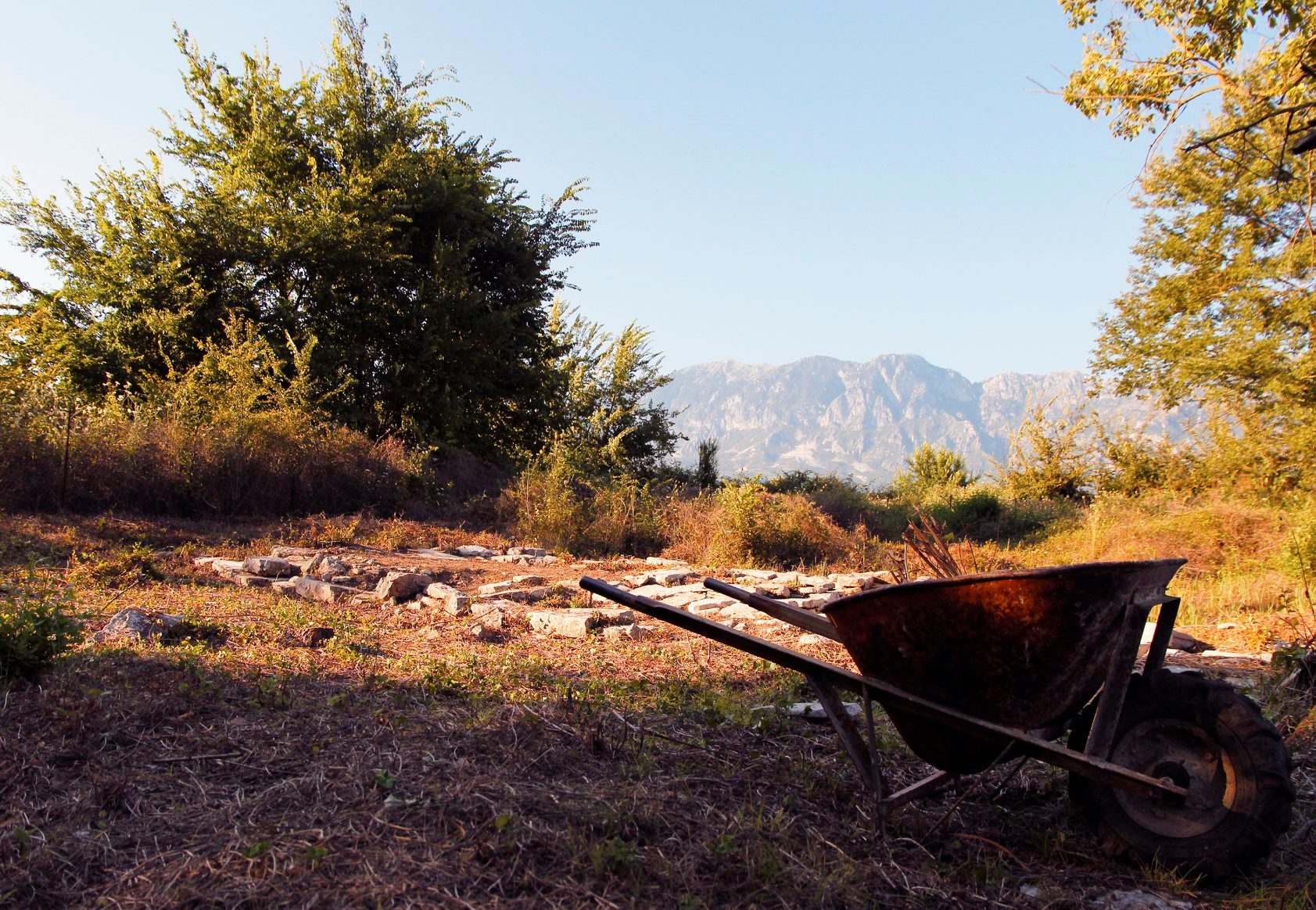Before the Finnish Institute at Athens started field archaeology projects of its own, Finnish scholars gained archaeological training in different Greek and Nordic projects. One example of such a joint Nordic project is the excavation at the sanctuary of Agios Elias in Asea, Arcadia, in 1997. This project brought together researchers from Finland, Norway, and Sweden.
The Finnish Institute’s first own excavation projects were led by Arja Karivieri between 1999 and 2004 and focused on the Early Christian Basilica in Arethousa, Macedonia. Around the same time, in 2001–2002, Jari Pakkanen and his team worked in Stratos in western Greece on the Temple of Zeus at Stratos providing new measurements and reconstruction of the building.
In the research project Verse Inscriptions of Roman Greece led by Erkki Sironen between 2003 and 2010, Finnish scholars studied epigrams cut in stone during the Roman period. Jari Pakkanen initiated Kyllene harbour project between 2007 and 2017 as well as a research project on the City plan of Naxos, a Greek colony in Sicily, from 2012 to 2017. Pakkanen directed also the Salamis Urban Landscape project on the island of Salamis between 2016 and 2019.
Thesprotia Expedition and Agia Paraskevi of Arachamitai have already reached their post-excavation and publishing stage. Fieldwork in Thesprotia was carried out in 2004–2010, 2015 and 2020, and in Agia Paraskevi of Arachamitai in 2006–2008 and 2010–2019, although the study of the material will continue for years to come. The Photike Archaeological Project excavated a Roman colonial town in 2019–2023.
In 2019 was initiated a new Rethymno Hilly Countryside Archaeological Project on the countryside southwest of Rethymnon, Crete. From the year 2022, the Institute’s Melitaia Archaeological Programme has done fieldwork in ancient Melitaia in the municipality of Domokos.
